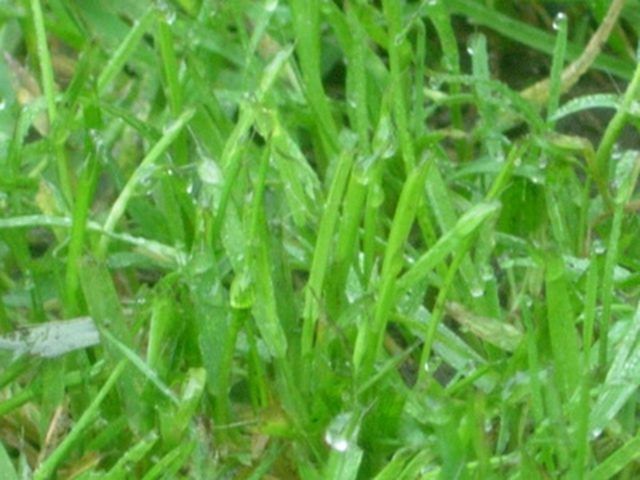Bulbs
Flower Basics
Flower Beds & Specialty Gardens
Flower Garden
Garden Furniture
Garden Gnomes
Garden Seeds
Garden Sheds
Garden Statues
Garden Tools & Supplies
Gardening Basics
Green & Organic
Groundcovers & Vines
Growing Annuals
Growing Basil
Growing Beans
Growing Berries
Growing Blueberries
Growing Cactus
Growing Corn
Growing Cotton
Growing Edibles
Growing Flowers
Growing Garlic
Growing Grapes
Growing Grass
Growing Herbs
Growing Jasmine
Growing Mint
Growing Mushrooms
Orchids
Growing Peanuts
Growing Perennials
Growing Plants
Growing Rosemary
Growing Roses
Growing Strawberries
Growing Sunflowers
Growing Thyme
Growing Tomatoes
Growing Tulips
Growing Vegetables
Herb Basics
Herb Garden
Indoor Growing
Landscaping Basics
Landscaping Patios
Landscaping Plants
Landscaping Shrubs
Landscaping Trees
Landscaping Walks & Pathways
Lawn Basics
Lawn Maintenance
Lawn Mowers
Lawn Ornaments
Lawn Planting
Lawn Tools
Outdoor Growing
Overall Landscape Planning
Pests, Weeds & Problems
Plant Basics
Rock Garden
Rose Garden
Shrubs
Soil
Specialty Gardens
Trees
Vegetable Garden
Yard Maintenance
Fertilizer & Wet Grass
Fertilizer & Wet Grass. You can fertilize wet grass but there are some potential problems you may face if your spreader gets damp. Many people will not fertilize a wet lawn, but if you are putting down an herbicide, the water will help the granules stick to the plant. It depends on application method.

You can fertilize wet grass but there are some potential problems you may face if your spreader gets damp. Many people will not fertilize a wet lawn, but if you are putting down an herbicide, the water will help the granules stick to the plant. It depends on application method.
Why Fertilize?
Fertilizing adds nitrogen and other nutrients to the soil. This will aid in the root growth of the plants. Some fertilizers also include an herbicide that eliminates weeds.
When You Can Fertilize Wet Grass
It is OK to fertilize wet grass if there is no chance of rain while you are doing it. Rain will cause the fertilizer to cake up inside the bin of the spreader---the device used to distribute the fertilizer. Avoid going under trees or along plants that still have water on them because they will drop moisture into the bin, causing caking.
Drop Spreaders
Drop spreaders are low-to-the ground spreaders, usually only 2 or 3 inches above the grass top. They drop the fertilizer in a straight line as wide as the bin. Since they are so close to the ground, these are not advisable when fertilizing wet grass. The water can cling to the bottom of the spreader and clog the holes---a very difficult mess to clean. Drop spreaders are more suitable for dry lawns.
Broadcast Spreaders
Broadcast spreaders are a much better choice for wet grass. The spreader device is 12 to 14 inches above the grass top and will not clog. A rotating disc tosses the fertilizer out into a broad pattern about 5 feet wide. This is the best choice when fertilizing wet grass. The main concern with the broadcast spreader is the lack of control of the fertilizer, especially when near ornamental plants. You need to keep your distance from these plants because fertilizer can damage or kill them.
Tips
Check the weather. If there is a chance for rain later in the day, do not apply the fertilizer. If you have to use a drop spreader, check it often for clogs; or better yet, wait for the lawn to dry out.